Memgraph, the leader in open-source in-memory graph databases purpose-built for dynamic, real-time enterprise applications, is announcing two new tools specifically architected to open up the power of Retrieval-Augmented Generation based on graph technology (GraphRAG), to the entire database market, so democratizing GraphRAG access.
Since its introduction by Microsoft in 2024 as a way to address the limitations of large language models, GraphRAG has emerged as a leading method for focusing LLM reasoning and delivering accurate, non-hallucinatory answers to natural language front-end or chatbot queries.
However, adoption beyond the graph community has been challenging, as many developers remain entrenched in the non-graph, SQL-based ecosystem. Compounding this, most of the world’s information is still in non-graph formats: relational databases made up over 62% of global DBMS revenue in 2023, while Gartner estimates 80–90% of new enterprise data is unstructured, locked in everything from text files to PDFs.
Until now, getting SQL and unstructured data into a graph format ready to be used by various search techniques and algorithms within a GraphRAG pipeline has been laborious, error-prone, and inexact. Essentially, for SQL data, this required mapping tables, identifying entities, and performing entity resolution to “graphify” the structures. For unstructured data, it involved chunking, cleaning, and creating vector embeddings, to reach the natural language/ChatGPT interfaces wanted.
Also Read: fal Acquires YC-Backed AI Startup Remade
With the Memgraph Toolkit and MCP client, engineering teams can bypass the intensive manual coding, programming, and data translation typically required to prepare multiple sources for GraphRAG algorithms. Engineers will still need to fine-tune the final output, but the tedious work of extracting and transforming data from SQL and unstructured formats is already taken care of.
Memgraph’s Chief Technology Officer and Co-founder, Marko Budiselić, says:
“Today, we’re announcing the introduction of two powerful new tools to help engineering teams get started on their GraphRAG journey—making it easier for your AI applications to deliver the answers you need with as little time wasted or hallucinations as possible.
“The AI Graph Toolkit does that by making it extremely easy for developers to transform SQL and unstructured data into knowledge graphs, and then produce GraphRAG-level data structures to superpower your AI chatbot capabilities.
“This makes achieving GraphRAG AI capability and advanced AI-driven knowledge super straightforward for SQL and non-graph experts. Even better, it means you can now run GraphRAG against the ideal back-end LLM input of relational data tables with numeric values and all the business context currently trapped in unstructured text, PDF, and document forms.
“Engineering teams will be able to much more easily unleash the power of graph and GraphRAG across multiple forms of business data, enabling chatbot natural language access and querying capabilities to the whole corporate back end.”
SOURCE: Businesswire
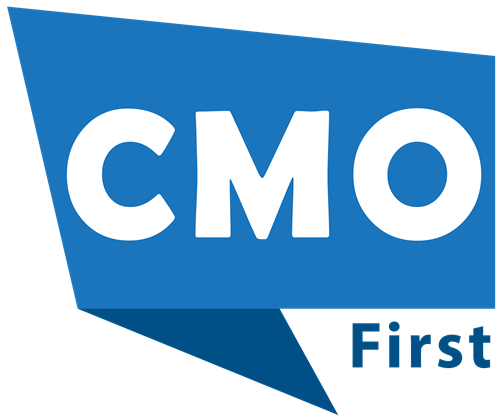




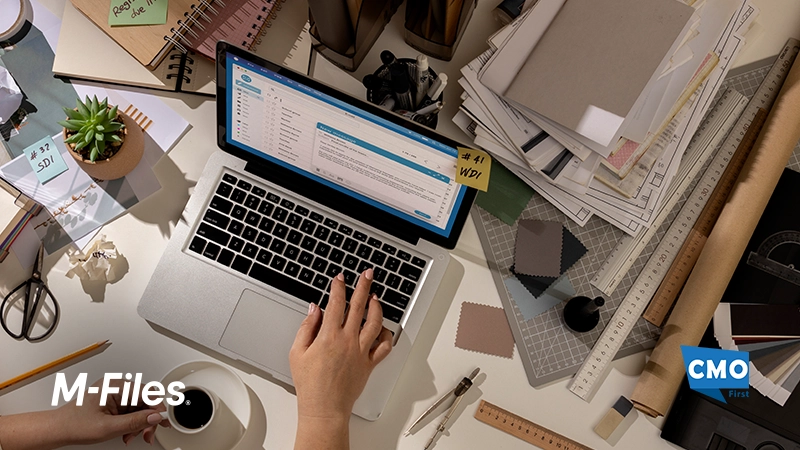
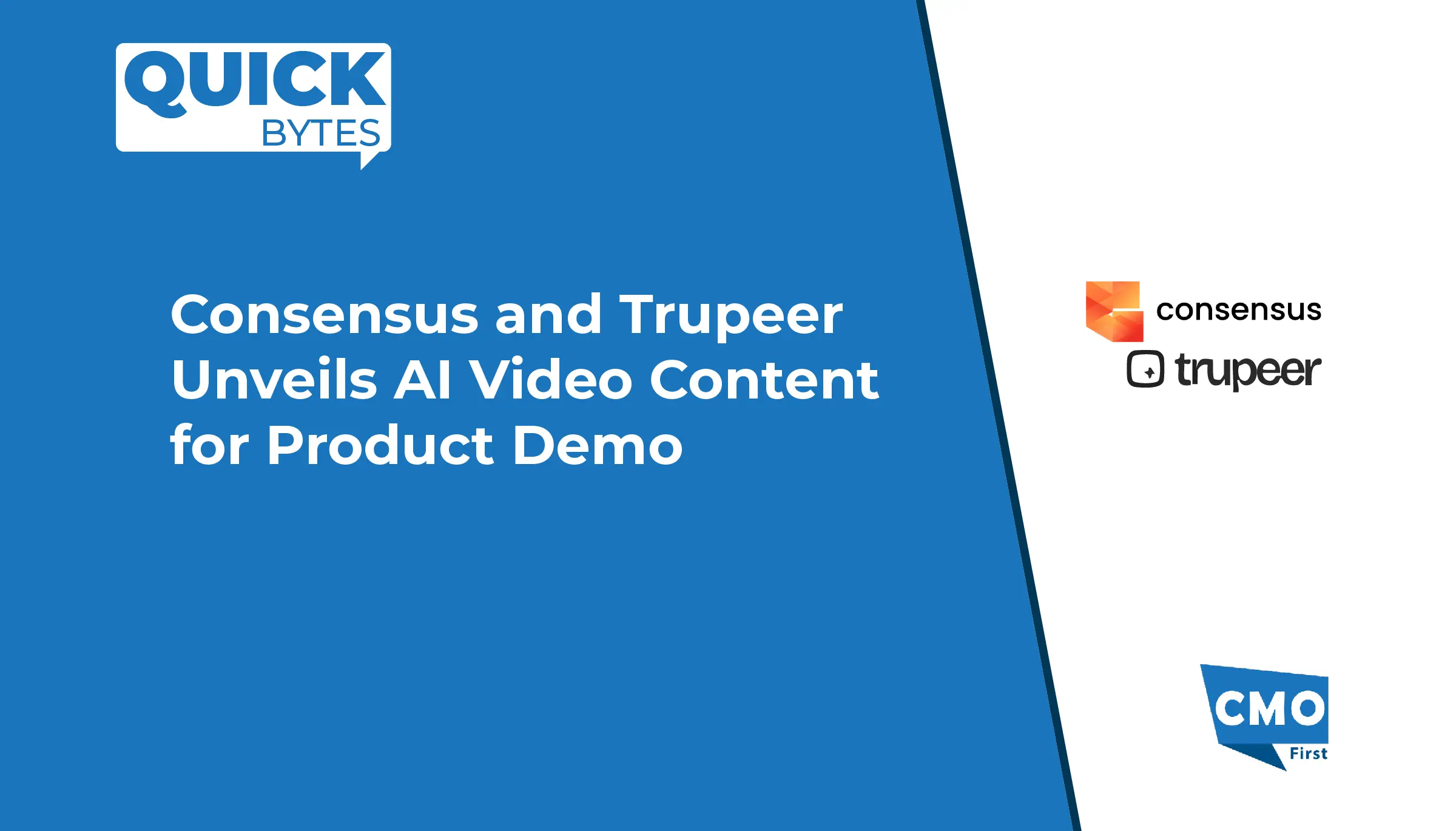
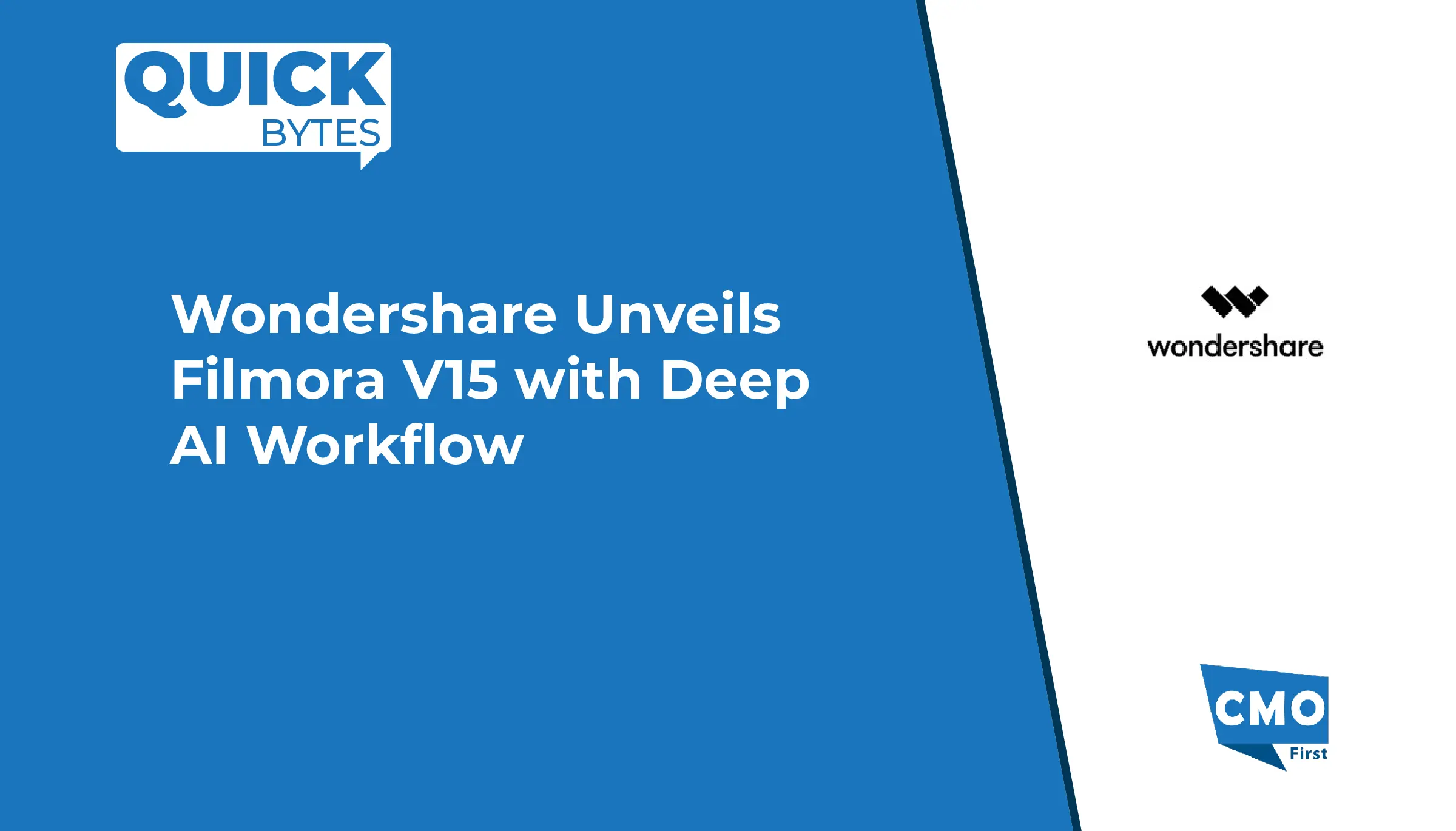

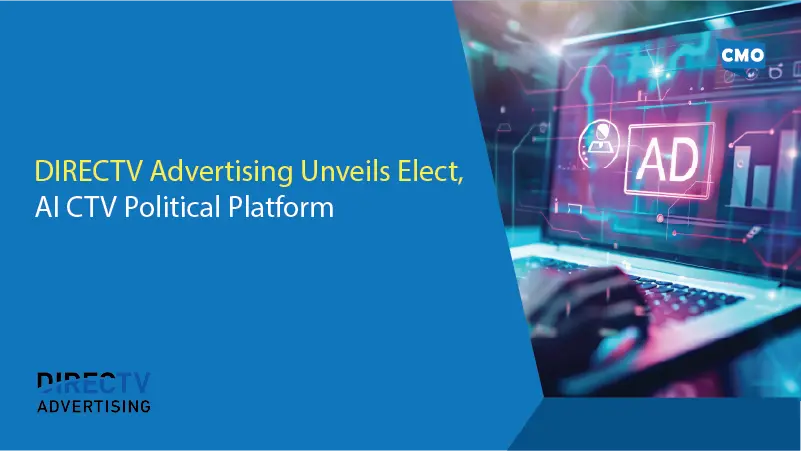

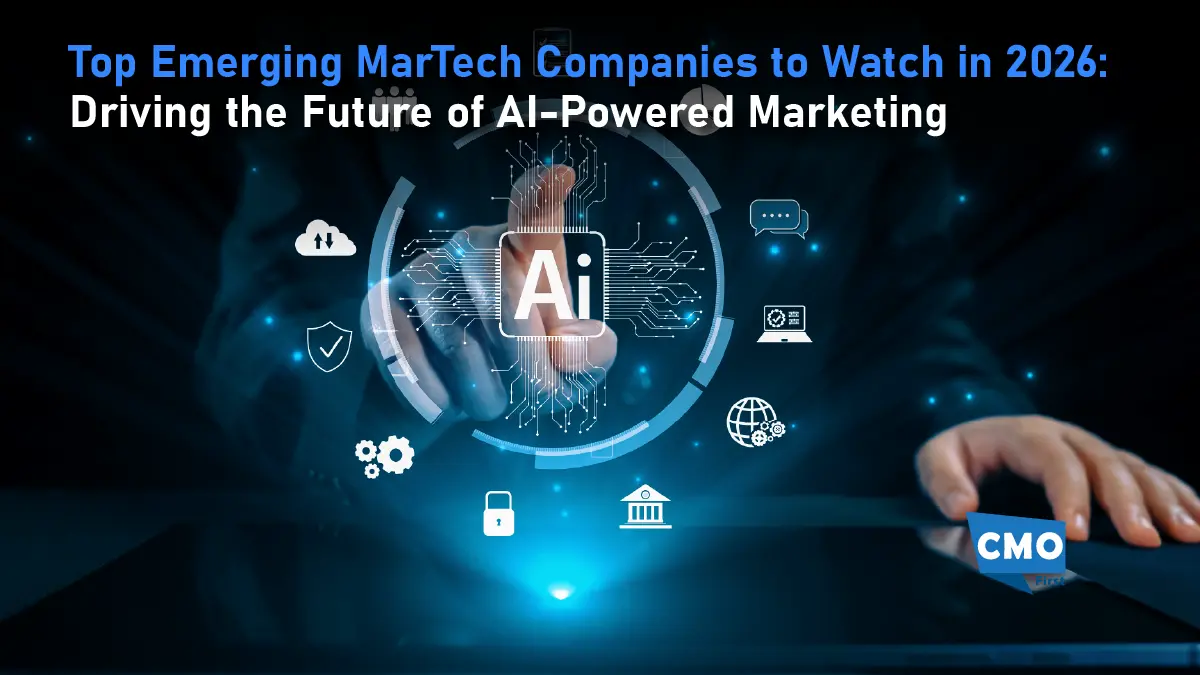
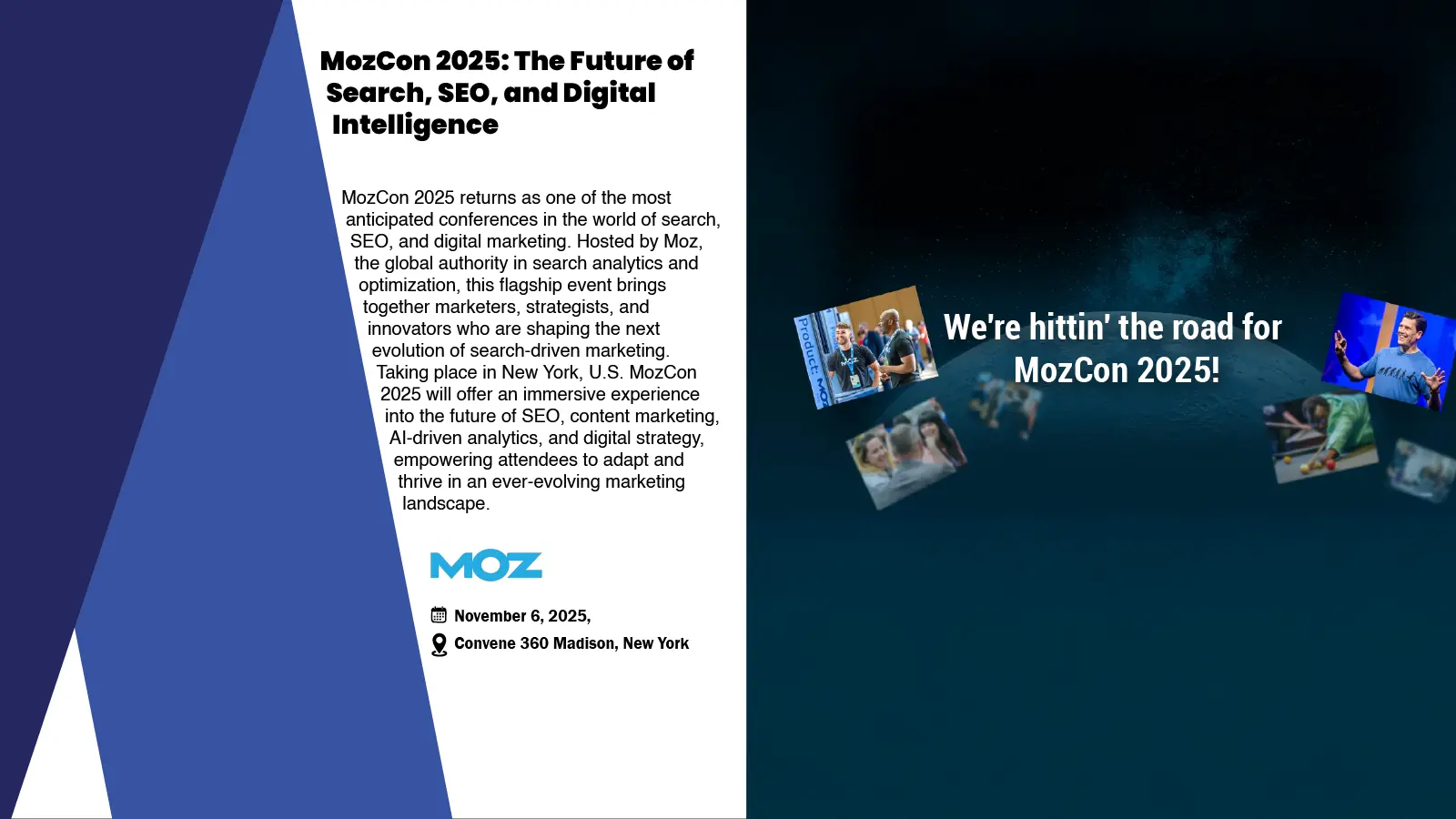
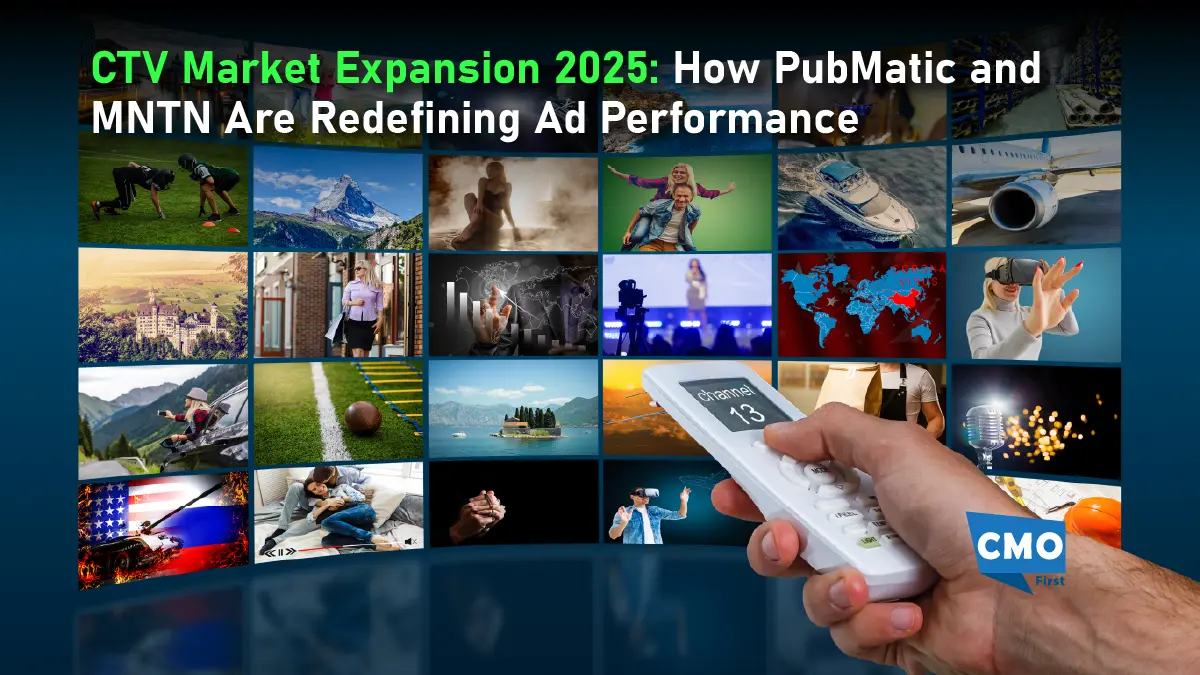
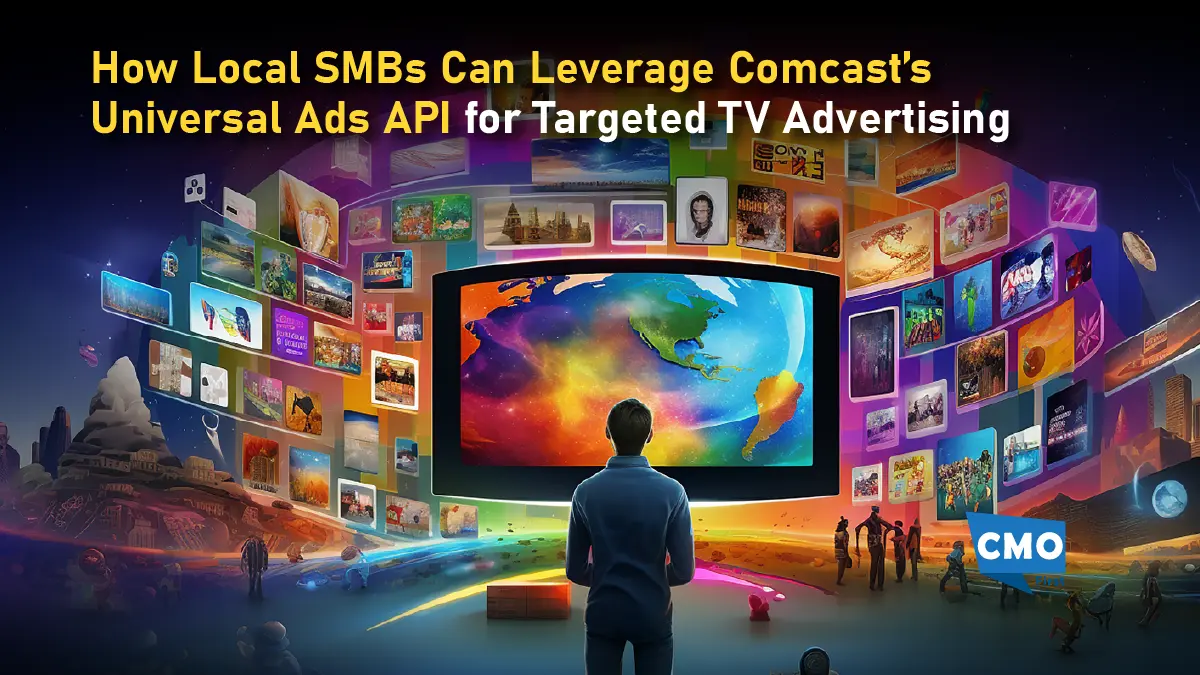
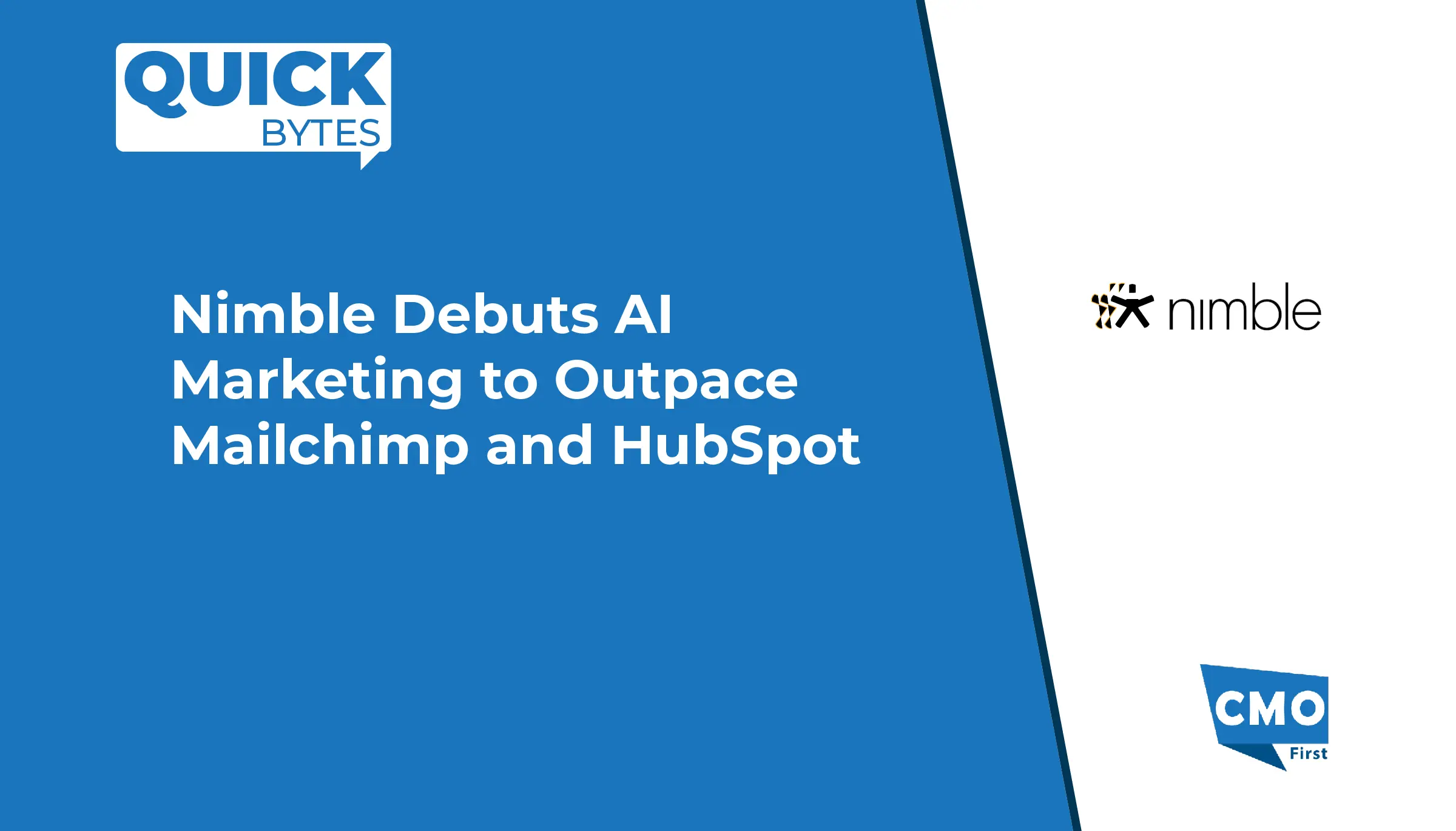
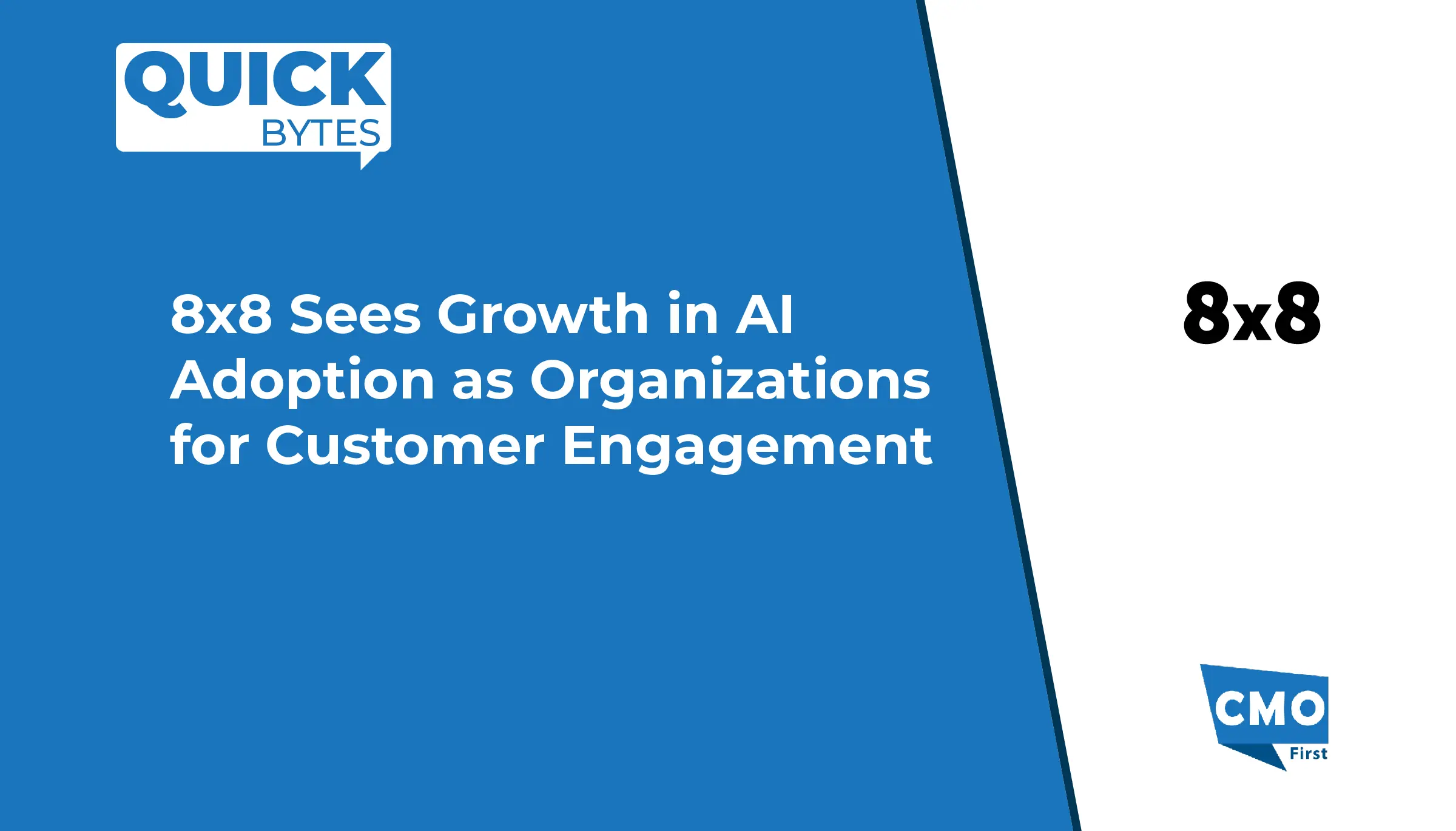
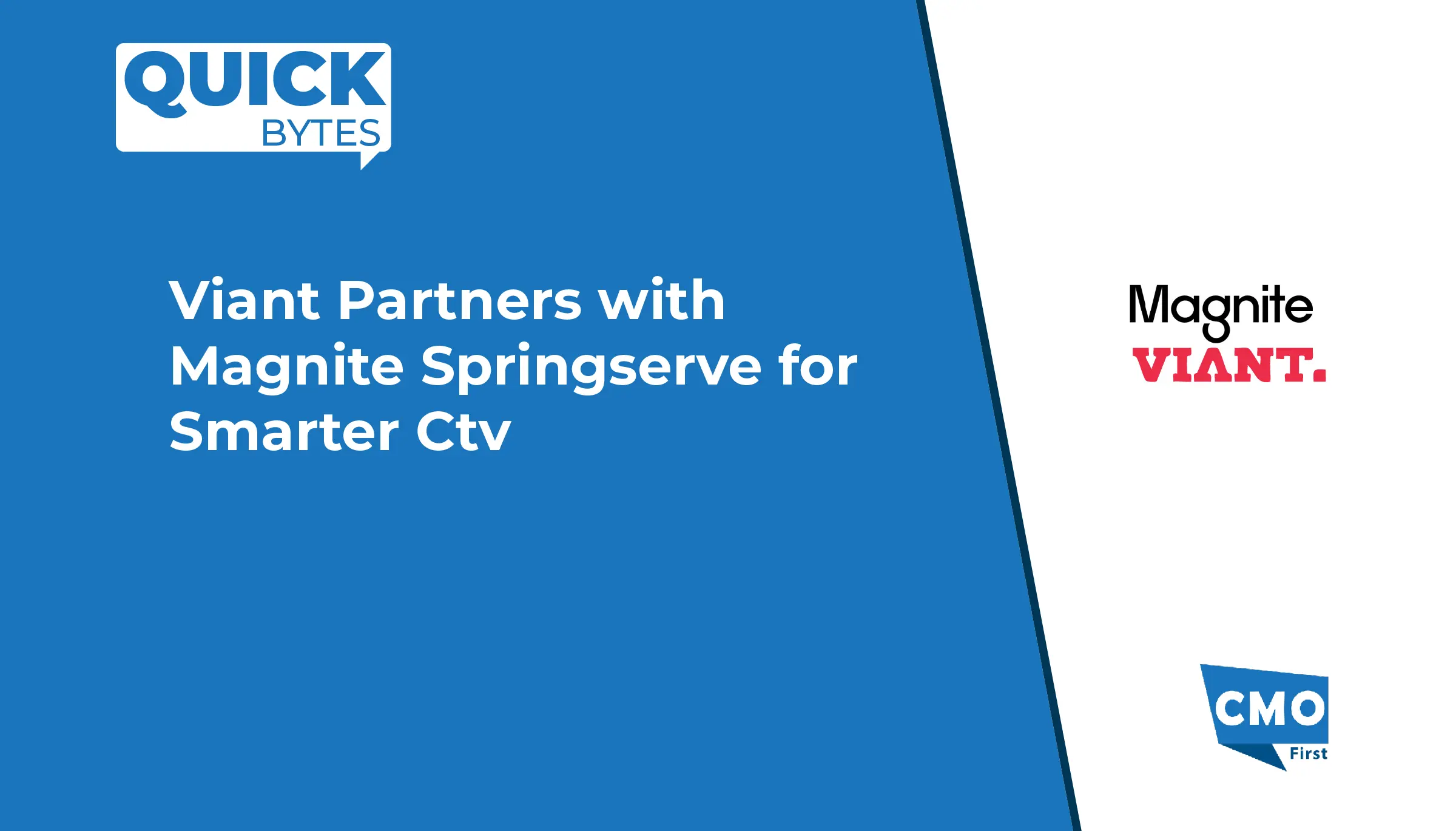
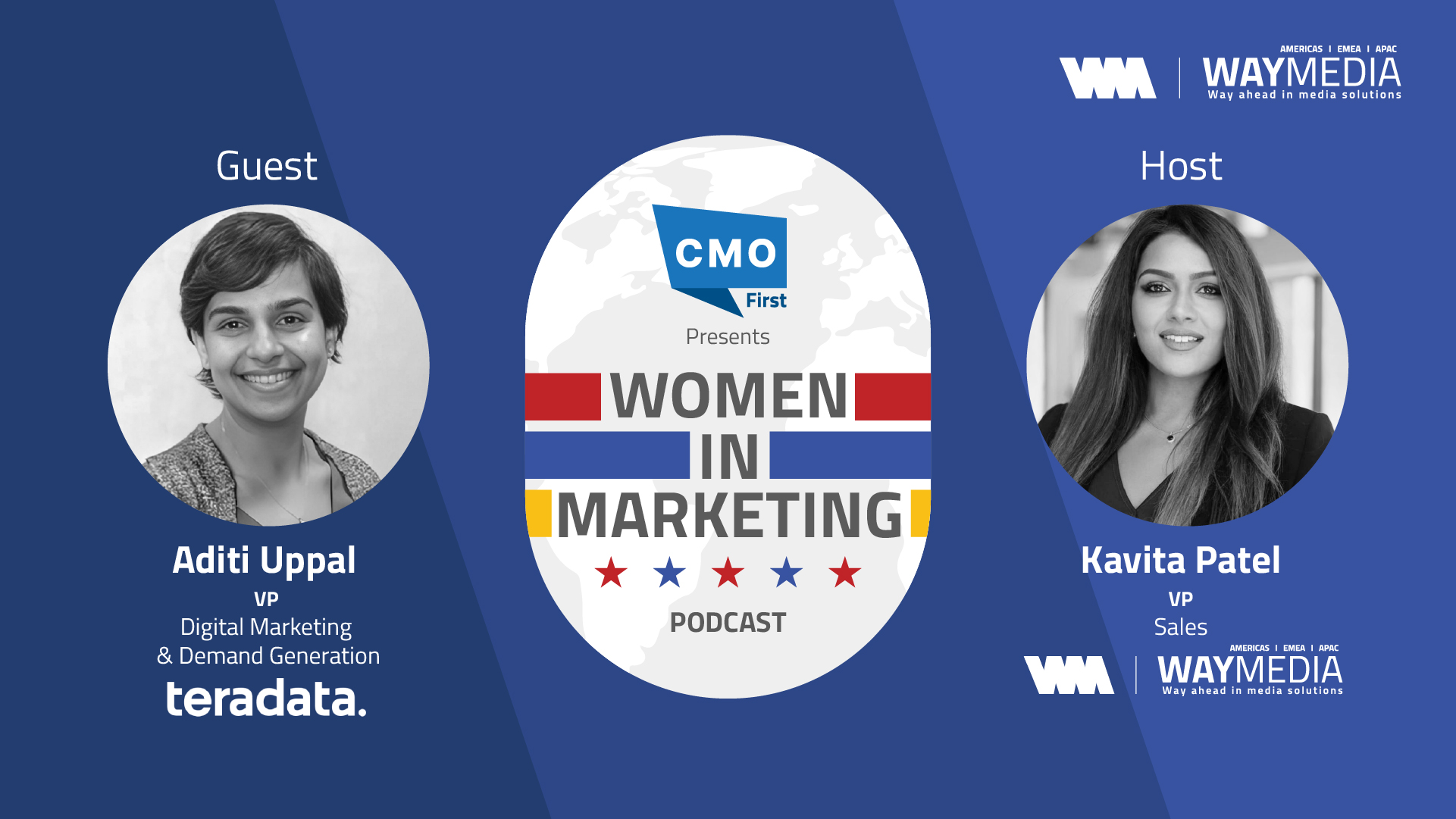



Leave a Reply